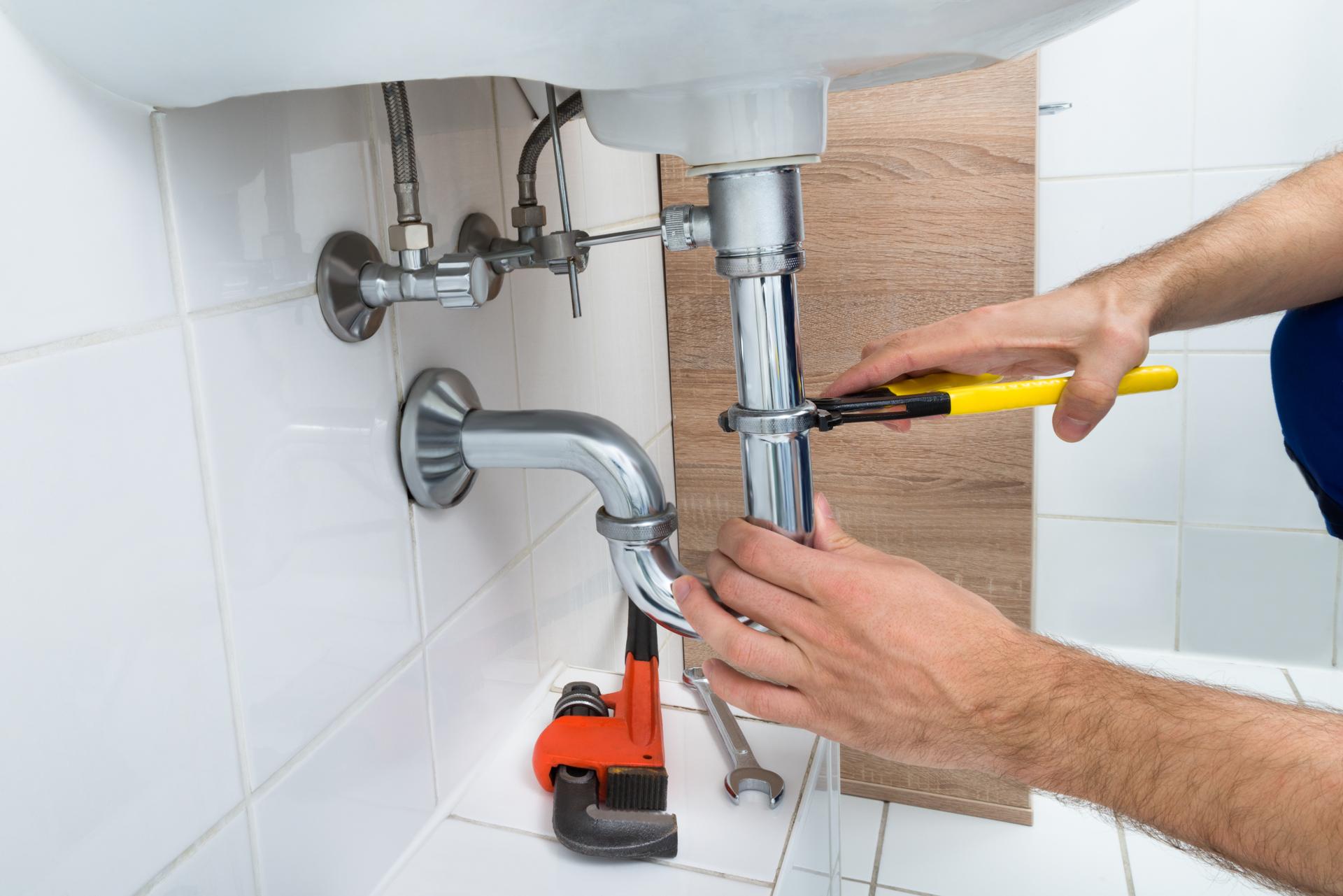What Experts Say About Replacing Your Plumbing and What You Should Anticipate

Plumbing is an essential component of any house and provides us with safe water for cooking, drinking and cleaning, as as a way to dispose of wastewater. Like any other appliance in your home plumbing is likely to wear out and require replacement.
Understanding when it’s time to replace your plumbing is crucial to prevent costly repairs and avoid potential health hazards. This article will talk about the signs that indicate that your plumbing is in need of being replaced, the factors to take into consideration prior to replacing your plumbing, the procedure for replacing your plumbing as well as the benefits that come with replacing your plumbing and a section on FAQs to answer any questions you may have.
There are signs that it’s time to Replace Your Plumbing
There are many indications that the plumbing in your home needs to be replaced, for example: Leaks When you notice the presence of water stains or puddles on your house, it’s a indication of a leak in your plumbing. Leaks can cause severe structural damage to your home and may lead to mold growth, so it’s essential to take action immediately. Rusty pipes: Rusty pipes are an obvious sign that your plumbing is in need of be repaired or replaced. Rust can cause a contamination to the water supply in your home which makes it unfit to drink or cook with. In the event of low water pressure, if your showerheads or faucets produce weak flow of water is a sign of low pressure water, which is caused by corrosion of pipes or blockages. Water discoloration: Water that is discolored like yellow or brown, is the result of sediment or rust within your pipes. This can affect the taste and the quality of your water. It could also suggest the need for the replacement of your plumbing.
Things to consider prior to replacing Plumbing
Before you replace your plumbing there are several factors to consider, including the age of your plumbing system: Plumbing systems can have a lifespan of approximately 50 years, so when your house is more than this, then it’s likely to be time to replace it. Cost of replacement replacing your plumbing could be costly, which is why it’s essential to budget for the cost. In the event of a plumbing problem that is severe: If your plumbing issues are extensive and affecting several areas of your house replacing it could be the most effective option.
What can you expect during the Plumbing Replacement Process
The plumbing replacement process involves various steps, which include closing off your water source: Your plumber must shut off the water supply to your house to avoid water damage or leaks. Removal of old pipes Old pipes need to be removed, which may require cutting through walls or floors. Installing new pipes: New pipes will be installed, which may require rerouting to ensure the proper water flow. The timeline for the plumbing replacement process will depend on the size of your property as well as the complexity of the task. The homeowners can anticipate some disruption during the process, including water shut-offs as well as damage to floors and walls.
Benefits of Replacing Plumbing
Replacing your plumbing offers several benefits, including increased water efficiency new plumbing fittings and pipes have higher efficiency, which means reducing the use of water and your utility bills. Better water quality: Replacing older, corroded pipes new ones can improve the water quality and make it safer to drink and cooking. Lower risk of plumbing issues: New plumbing is less likely to develop obstructions or leaks, which reduces the need for costly repairs in the near future.
Conclusion
Removing your plumbing is a major expense, but it’s necessary to ensure your home’s safety and peace of mind. If you know the indicators that suggest your plumbing needs replacing, taking into consideration the reasons for replacement, and knowing what you can expect during the plumbing replacement process, you can make an informed choice about the plumbing of your home. Be aware that replacing your plumbing can provide a variety of advantages, such as increased water efficiency, improved water quality and less the chance of having plumbing problems in the future.
FAQ Section
What is the cost to replace plumbing?
The cost of replacing your plumbing will depend on many factors, such as how big your house as well as the complexity of the task, as well as the materials used. In the average, homeowners will need to shell out between $5,000 and $10,000 for a whole-house plumbing replacement.
How long will it take to replace plumbing?
The timeline for plumbing replacement will depend upon the dimensions of your house and the difficulty of the task. Typically, a whole-house plumbing replacement could take from two to four weeks.
Do I need to change my plumbing if I have an issue with my plumbing?
If you’re experiencing a single water leak within your pipes system, it may not need a full replacement. However, if you’re experiencing a lot of leaks or notice other signs of plumbing problems, replacing might be the best solution.
Can I replace my plumbing by myself?
Replacing your plumbing can be a difficult task that should be delegated to an experienced plumber. Attempting to replace your plumbing by yourself can lead to costly errors as well as security risks.
What type of pipes do I need to use to replace my plumbing?
There are several types of plumbing pipes for replacement, such as copper, PVC, and PEX. Your plumber will recommend the most suitable type of pipes based on your specific needs and budget. In conclusion, replacing your plumbing is a crucial decision that should be made with care. When you know the signs that suggest your plumbing requires to be replaced, weighing the elements that influence replacement, and knowing what to expect during the replacement process, you’ll be able to make an informed decision about your home’s plumbing. A professional plumber can guide you through the process to ensure a successful and efficient plumbing replacement.
